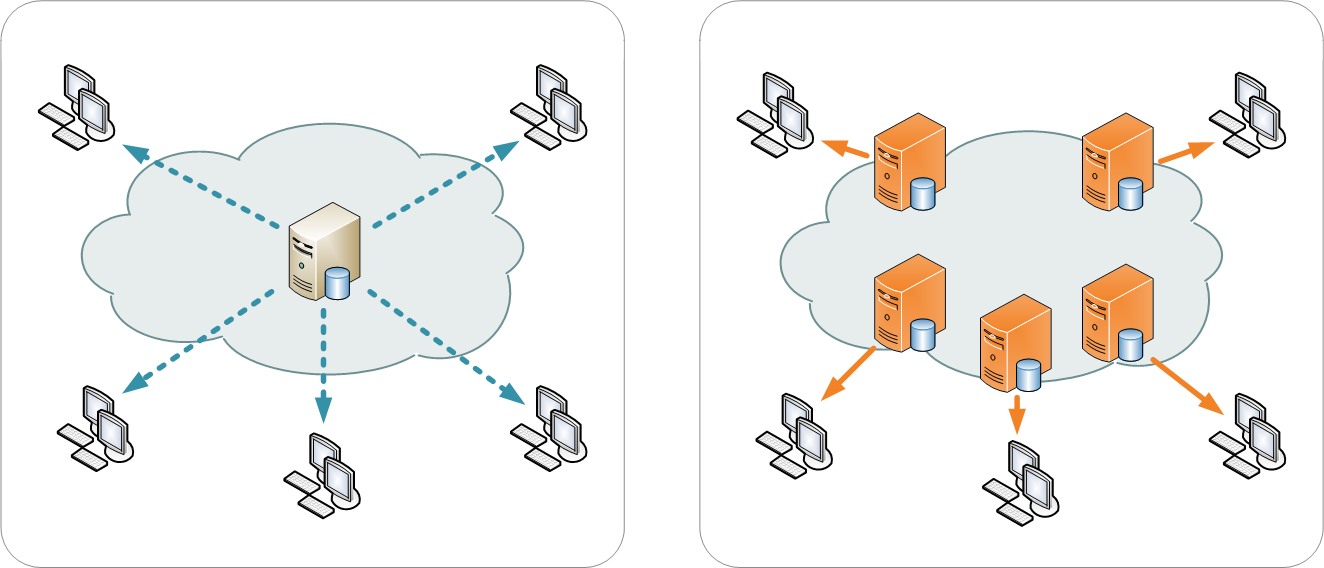Template:Article of the week
A content delivery network or content distribution network (CDN) is a large distributed system of servers deployed in multiple data centers or "nodes" across the Internet. The goal of a CDN is to serve content to end-users with the intended benefit of reducing bandwidth costs, improving page load times, and/or increasing global availability of content. This is done by hosting the content on several servers, and when a user makes a request to CDN-hosted content, the domain name server (DNS) will resolve to an optimized server based on location, availability, cost, and other metrics.
Content providers such as media companies and e-commerce vendors pay CDN operators to deliver their content to their audience of end-users. In turn, a CDN pays Internet service providers (ISPs), carriers, and network operators for hosting its servers in their data centers. Besides better performance and availability, CDNs also offload the traffic served directly from the content provider's origin infrastructure, resulting in possible cost savings for the content provider. In addition, CDNs provide the content provider a degree of protection from denial-of-service (DoS) attacks by using their large distributed server infrastructure to absorb the traffic.
An increasing number of ISPs have built their own CDNs to improve on-net content delivery, reduce demand on their own infrastructure, and generate revenues from content customers. Additionally, some companies such as Microsoft, Amazon, and Netflix have built their own CDNs to tie in with their own products. (Full article...)
Recently featured: Federally qualified health center, Home health agency, ISO 9000










